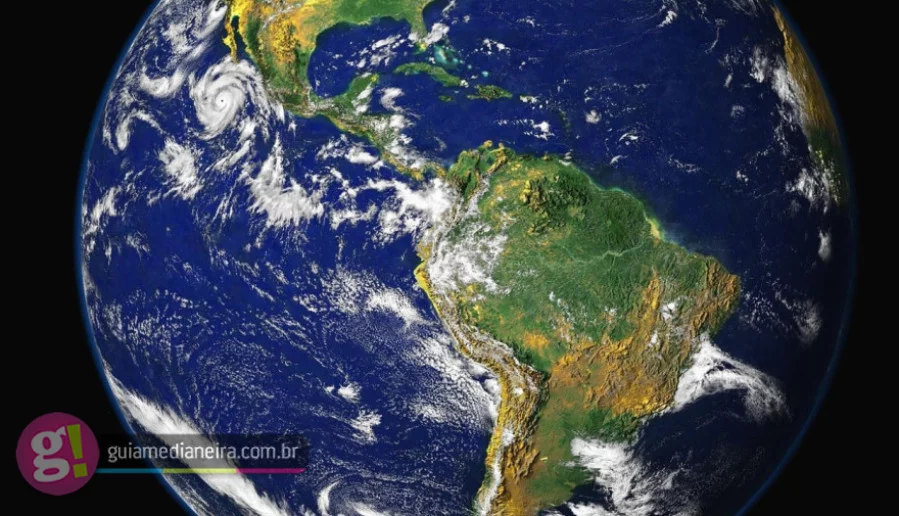
In the recent study carried out by University of Southern California (USC)scientists have revealed that the Earth’s inner core is slowing down relative to the planet’s surface.
The implications of this discovery are not yet fully understood, but there is speculation that the length of days may be affected. The research was published in the journal Nature on Wednesday, June 12th.
The rotation of Earth’s inner core has been widely debated in the scientific community. Some previous research suggested that it rotated faster than the planet’s surface.
However, the USC study presents new evidence that since 2010, the inner core has been slowing its rotational speed, moving more slowly than the Earth’s surface.
John Vidale, dean professor of Earth Sciences in the USC Dornsife College of Letters, Arts and Sciences, explains that this slowdown can change the length of a day by fractions of a second, although this may be imperceptible.
“It’s very difficult to notice, on the order of a thousandth of a second, almost lost in the noise of the choppy oceans and atmosphere,” says Vidale.
The Earth’s inner core is a solid sphere composed of iron-nickel, surrounded by a liquid outer core, also made of iron-nickel.
Approximately the size of the Moon, it is located more than 4,800 kilometers from the surface, making it impossible to visit or view directly. Therefore, scientists use seismic waves from earthquakes to study their movement.
Over the past few decades, researchers have analyzed a variety of earthquakes, including repeated seismic events that occur in the same location. This analysis allows the production of identical seismograms, records of ground movements.
In the recent study, scientists compiled and analyzed seismic data from 121 repeated earthquakes that occurred in the South Sandwich Islands between 1991 and 2023. They also used data from Soviet, French and American nuclear tests, as well as other studies.
Vidale explains that the slowdown of the inner core was caused by the agitation of the outer core, which generates the Earth’s magnetic field, and by the gravitational “pulls” of the dense regions of the overlying rocky mantle.
“When I first saw the seismograms that suggested this change [desaceleração]I was perplexed,” says Vidale.
“But when we found two dozen more observations signaling the same pattern, the result was inevitable. The inner core slowed down for the first time in many decades. Other scientists have recently argued for similar and different models, but our latest study provides the most convincing resolution,” concludes Vidale.
Source: https://www.ocafezinho.com/2024/06/14/nucleo-da-terra-esta-desacelerando-e-cientistas-fazem-grave-alerta-para-o-futuro/

